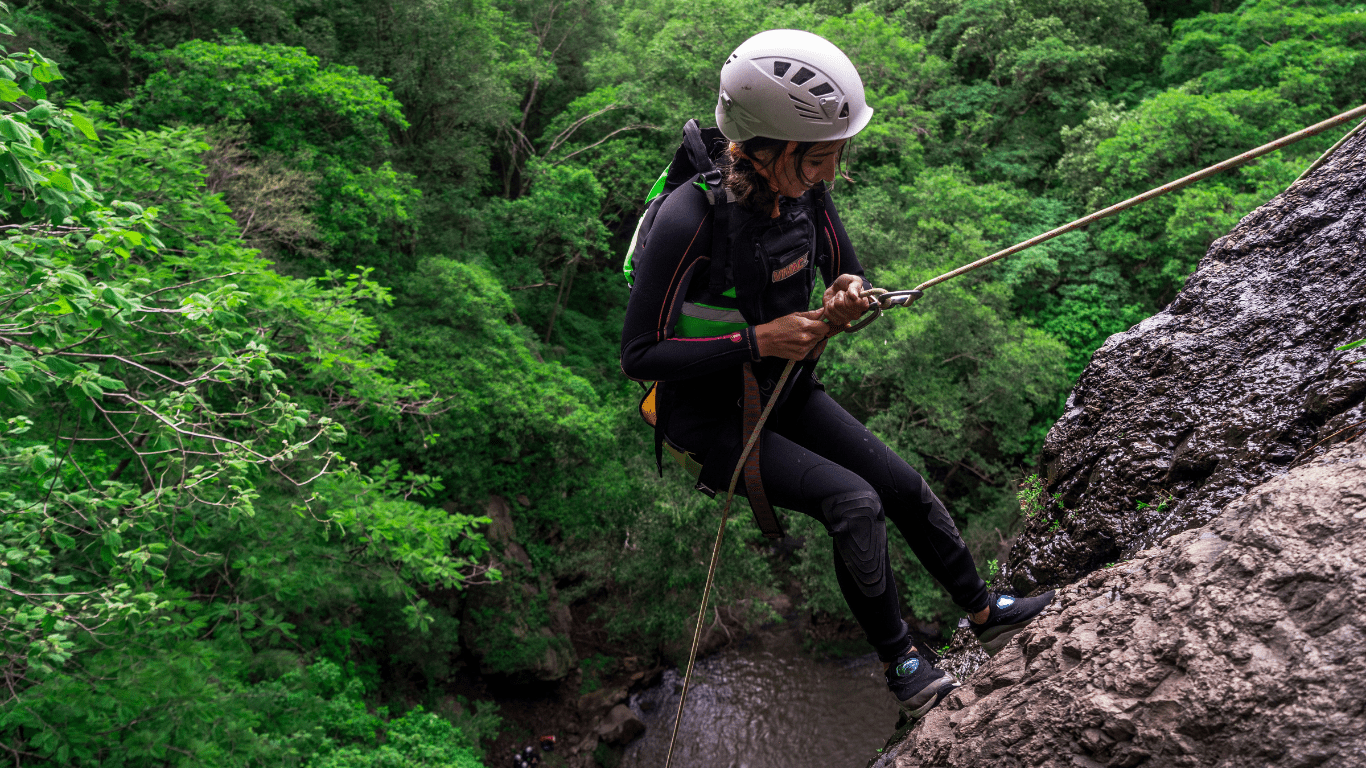The Impact of Climate Change on Winter Sports Overview
The Science Behind Climate Change
Understanding the science behind climate change is crucial in grasping its impact on winter sports.
As temperatures rise globally due to greenhouse gas emissions, the Earth’s climate undergoes significant alterations.
These changes manifest in various ways, including altered precipitation patterns, shifting snowlines, and more frequent extreme weather events.
These shifts directly impact winter sports activities and the conditions in which they can be safely enjoyed.
Recent Trends in Winter Weather Patterns
Observing the recent trends in winter weather patterns reveals a clear impact of climate change on winter sports.
Across the globe, regions traditionally known for their snowy winters are experiencing shortened seasons, reduced snowfall, and erratic weather conditions.
Winter sports enthusiasts are encountering challenges such as:
- unpredictable snow quality
- early snowmelt
- unstable ice surfaces.
These trends not only affect the availability of suitable venues for winter sports but also pose safety risks to participants due to rapidly changing conditions.
Effects on Snow Reliability
Altered Snowfall Patterns
In recent years, the impact of climate change has manifested in altered snowfall patterns, disrupting the traditional seasonal snow distribution.
The shift in precipitation trends has led to variations in snow accumulation, with some regions experiencing reduced snow cover and others facing heavier, unpredictable snowfall.
These erratic patterns challenge the reliability of natural snow for winter sports, affecting the duration and quality of snow surfaces.
Increased Need for Artificial Snow
With diminishing snowfall and unreliable natural snow cover, winter sports resorts and venues are increasingly reliant on artificial snow production to sustain viable skiing and snowboarding conditions.
The rising demand for artificial snow not only incurs significant costs for ski resorts but also raises concerns regarding environmental sustainability and resource management.
The necessity for snowmaking systems highlights the growing need to adapt to changing climate conditions and ensure consistent snow availability for winter sports activities.
Impact on Winter Sports Economy
1. Tourism and Local Businesses
As climate change continues to alter snow conditions and temperatures, the winter sports industry faces significant challenges that impact tourism and local businesses. W
With shorter seasons, unpredictable weather, and reduced snow reliability, tourist destinations relying on winter sports suffer from decreased visitor numbers and shorter stays.
Resorts and businesses that cater to winter sports enthusiasts experience financial losses due to lower footfall and decreased revenue from ski passes, equipment rentals, accommodations, and related services.
In regions where natural snowfall diminishes, businesses heavily dependent on winter activities struggle to attract tourists and generate income.
The decline in snow quality and duration affects the overall tourist experience, leading to a decline in customer satisfaction and loyalty.
Local economies that rely on winter sports as a primary source of income face uncertainty and financial strain as climate change disrupts traditional patterns and habits of tourists and visitors.
2. The Costs of Adapting to Change
Adapting to the impacts of climate change on winter sports entails significant financial investments and adjustments to mitigate risks and ensure sustainable operations.
Ski resorts and businesses must invest in snowmaking technology, grooming equipment, and other infrastructure to compensate for decreased natural snow cover and maintain suitable skiing and snowboarding conditions.
These adaptations require substantial capital expenditure, maintenance costs, and increased energy consumption, impacting the overall operational expenses of winter sports facilities.
Moreover, the need for environmental sustainability in winter sports comes with additional costs related to eco-friendly practices, resource management, and carbon offset initiatives.
Implementing sustainable solutions such as:
- renewable energy sources
- water conservation measures
- waste reduction programs
involves financial commitments that aim to minimize the ecological footprint of winter sports activities.
Balancing economic viability with environmental responsibility presents a challenge for businesses and organizations in the winter sports industry, requiring strategic planning and long-term investments to adapt to changing climate conditions effectively.
Implications for Athletes and Competitions

Training Challenges
When it comes to the impact of climate change on winter sports, athletes face significant training challenges.
The alteration in snow conditions and temperature fluctuations affect the consistency and quality of training grounds.
As an athlete, adapting to these changes requires flexibility in training schedules and locations.
Frequent alterations in snow conditions may necessitate traveling to different regions or countries to find suitable training environments.
This variability adds complexity to the training regimen and demands adaptability from athletes to maintain peak performance levels.
Changes in Sporting Events and Venues
The repercussions of climate change extend to sporting events and venues, creating a shift in traditional competition settings.
Organizers and authorities often need to reassess and relocate events due to unreliable snow cover and temperature variations.
Changes in snow conditions impact the feasibility of hosting events in certain locations, leading to alterations in competition schedules and venues.
This unpredictability poses logistical challenges for event management and requires constant monitoring of weather patterns to ensure the safety and fairness of competitions.
Adapting to these changes involves collaborative efforts among stakeholders to secure suitable venues and uphold the integrity of winter sports competitions.
Mitigation and Adaptation Strategies
Sustainable Practices in Winter Tourism
In the face of climate change challenges impacting winter sports, adopting sustainable practices in winter tourism is paramount.
This entails resorts and businesses minimizing their environmental footprint by implementing eco-friendly initiatives.
From reducing energy consumption to promoting waste management, these practices not only help preserve the natural environment but also contribute to long-term sustainability in winter sports.
One key aspect of sustainable practices is investing in renewable energy sources such as solar or wind power to power ski lifts and resort facilities.
By reducing reliance on traditional energy sources, winter sports destinations can lower their carbon emissions and decrease their impact on the environment.
Additionally, promoting public transportation or carpooling to the resorts can help minimize the carbon footprint associated with travel to and from these locations.
Technological Innovations in Snow Management
Technological innovations play a vital role in mitigating the effects of climate change on winter sports, particularly in snow management.
Advanced snowmaking technology allows resorts to produce artificial snow efficiently, ensuring consistent coverage on slopes despite fluctuating weather conditions.
These innovations help extend the ski season and provide a reliable snow base for athletes and recreational skiers alike.
Furthermore, incorporating smart snow grooming techniques enables resorts to optimize snow distribution, preserving snow quality and enhancing the overall skiing experience.
By leveraging technology such as snow depth sensors and automated grooming machines, resorts can adapt to changing snow conditions rapidly, maintaining safe and enjoyable skiing opportunities for visitors.
By embracing sustainable practices and leveraging technological innovations in snow management, the winter sports industry can proactively address the challenges posed by climate change, ensuring the continued viability and enjoyment of these recreational activities for future generations.



